8 Hudson Strait Facts You Should Know
Hudson Strait in Nunavut connects the Atlantic Ocean and the Labrador Sea to Hudson Bay in Canada. It is located between Baffin Island and Nunavik. Cape Chidley marks its eastern entrance on the boundary between Newfoundland, Labrador, and Resolution Island.
Hudson Strait is approximately 750 km or 470 miles long and has an average width of 125 km or 78 miles. Its width varies from 70 km or 43 miles at the eastern entrance to 240 km or 150 miles at Deception Bay. England and France once fought for controlling the Strait until France gave up its claim in 1713.
Read this article to learn more about the Hudson Strait.
1. Formation of the Hudson Strait
Massive ice sheets covered most of North America and Canada during the Pleistocene. With advancing and retreating ice sheets, the landscape attained its present form.
The Laurentide ice sheet covered Hudson Bay and formed a deep basin that is now the bay. Ice weighed on the land, and the melting ice led to rising water levels, which flooded the region.
The ice sheet eroded, scoured the land, and carved out U-shaped valleys and fjords through glacial erosion.
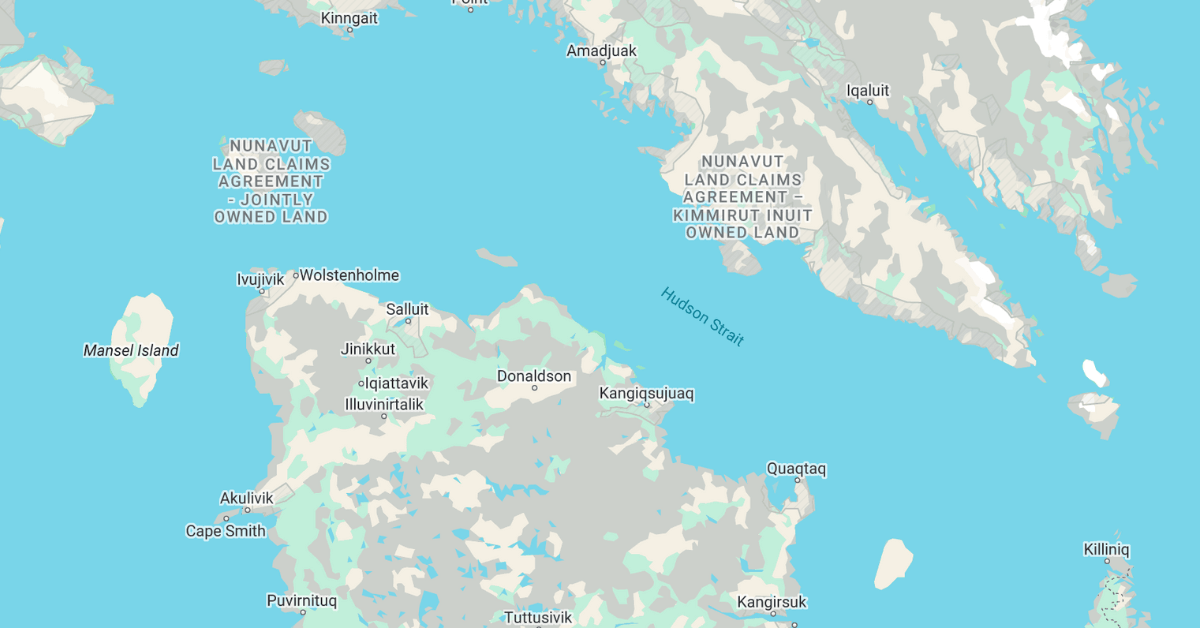
One of the primary routes for glacial meltwater runoff was the Hudson Strait. The melted ice water took rock debris and eroded the sedimentary rocks.
The process occurred over millions of years, deepening and widening the channel linking Hudson Bay to the Labrador Sea. Hence, the strait was formed in this manner.
After the retreat of the last ice sheet around 10,000 years ago, the Hudson Strait attained its present-day shape. It was a deep canyon created by powerful, flowing ice and melted water.
2. A vital trade route for centuries
The coasts of the Hudson Strait were inhabited by many indigenous communities like the Inuit, who traded among themselves for years before the Europeans arrived. The trade network was spread across the Arctic and involved many settlements exchanging animal furs and other items.
Europeans such as John Davis began to reach this region in search of the Northwest Passage. In the 1600s, French and English expeditions explored the region by ship and traded weapons, supplies, and metal items with Inuits in exchange for furs.
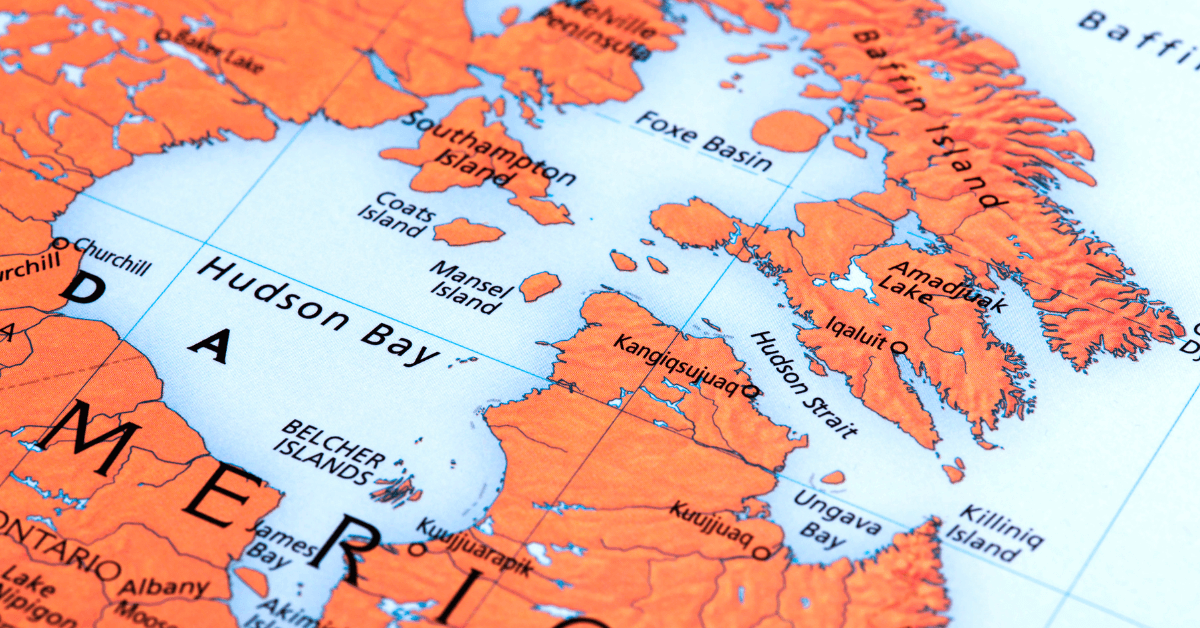
The Hudson Bay Company was formed, and trading posts were founded in the region. They traded with Cree and Inuit people for beaver pelts and furs, which were in demand in Europe.
By the end of the 1800s, fur prices declined as fashion changed, and many trading posts in the area were closed. The fur trade economy began to decline, but trapping continued locally.
The indigenous people still trap animals for fur, which is used for their subsistence and cultural practices, but large-scale fur trading has stopped in the area.
3. Climate of the Hudson Strait
The Hudson Strait is an important shipping route in the area. It never freezes entirely. The water enables moisture and heat to reach the atmosphere, forming rain and intense fog. Hence, Resolution Island is one of the foggiest places on earth, with instances of fog reported almost daily. The strait freezes partially in winter, and the water temperature drops considerably.
With a subarctic climate, winters are long with intense snowfall. Summers are quite short and cool. The average temperature in winter varies between -20 °C and -10 °C. In summer, the temperatures are between 5-10°C. Temperature can fall below -40°C in winter and rise over 20°C in summer.
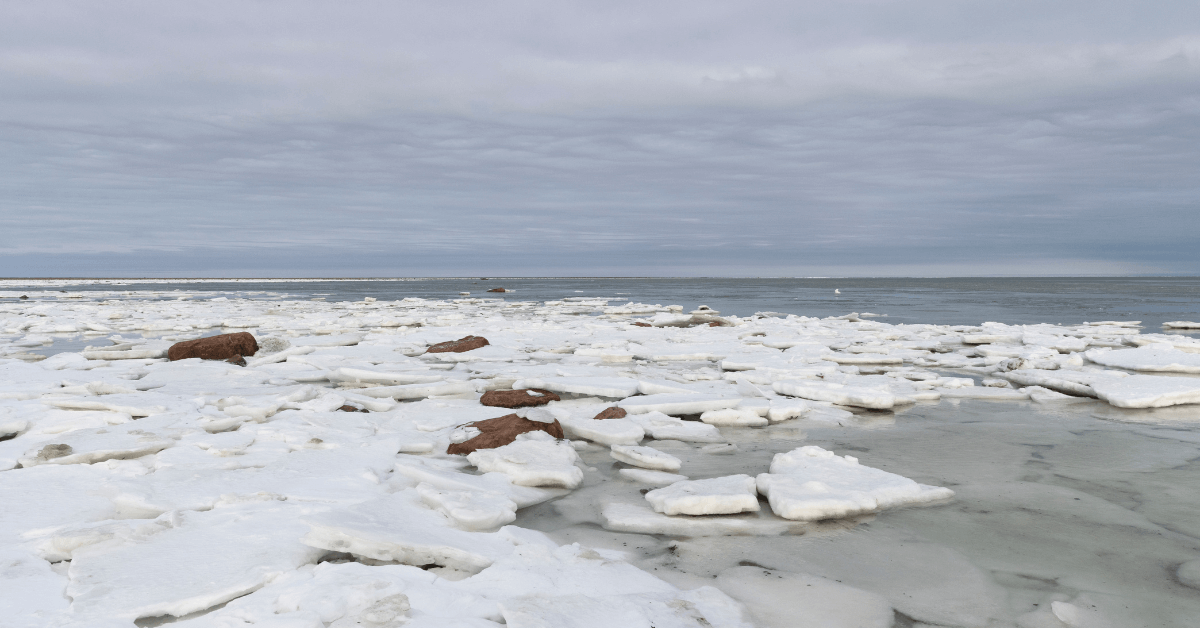
Annual rainfall ranges from 500-800 mm, and much of it falls as snow. Summers are usually dry but slightly cold. The strait remains covered in ice from December to January and between June and July. Ice can be heavy, making navigation difficult for most of the year.
4. Named after Explorer Henry Hudson
Sir Martin Frobisher, an English Navigator, was the first European to report entering the Hudson Strait in 1578. He named a tidal rip at the Strait’s entrance the Furious Overfall and called it the Mistaken Strait because he felt it could not offer entry to the Northwest Passage.
In 1857, an explorer, John Davis, sailed and passed by the Hudson Strait’s entrance. George Weymouth sailed 560 km beyond the Furious Overall in 1602, becoming the first European to explore the Hudson Strait.
Ultimately, the Hudson Strait was named after the famous Henry Hudson, who explored the strait in 1610 in his vessel Discovery. It was the same ship earlier used by George Weymouth in 1602.
After Henry Hudson, Thomas Button visited the strait in 1612. Robert Bylot and William Baffin led an expedition to the Strait in 1616 and mapped the area in detail.
5. Cape Chidley and Resolution Island marks the Strait’s eastern entrance
Cape Chidley lies on the east coast of Killiniq Island at the northeastern end of the Labrador Peninsula. Explorer John Davis named it after his friend John Chidley. The nearest community to Cape Chidley was Port Burnwell, Nunavut, until it was evacuated in 1978. Killiniq Island is separated from the North American mainland by the McLelan Strait.
The Torngat Mountains run along the Labrador coast and end at Killiniq Island. The Cape Chidley Islands lie at the northern end of the Cape.
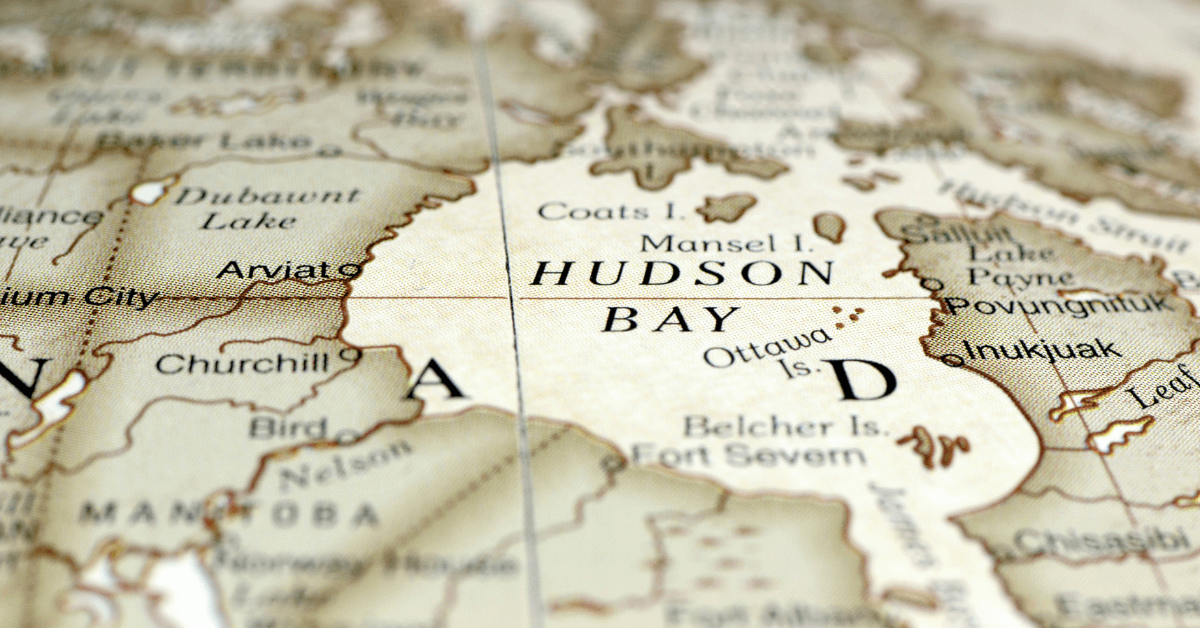
Resolution Island is an uninhabited Island in the Canadian Arctic. It lies in the Qikiqtaaluk Region, Nunavut, and has an area of around 1015 square kilometres.
Explorer Martin Frobisher landed on Resolution Island in 1576 on a journey to find the Northwest Passage. However, Thomas Button named it Resolution Island in 1612 after his ship, the Resolution.
The island experiences a tundra climate. Due to the influence of ocean currents, winters are not extremely cold, but the temperature in summer is comparatively lower than in the surrounding regions.
6. Connects the ports of Manitoba and Ontario with the Atlantic Ocean
The Hudson Strait connects the northern ports of Ontario and Manitoba with the Atlantic Ocean. Without thick ice in the Fury and Hecla Strait, it could also be an eastern entrance to the Northwest Passage.
The Port of Churchill lies on the eastern shore at the mouth of the Hudson River on the west coast of Hudson Bay, Canada. Routes from this facility link to the North Atlantic through the Hudson Strait. It is a strategic port which handles agricultural and mineral products.
It also functions as a supply and refuelling depot for communities within the Nunavut areas. It is also the main distribution centre of the Hudsons Bay Company and remains open for all international ships per the Arctic Pollution Act and class of the vessel. Navigation is possible from July to October, and an icebreaker remains active in the Hudson Strait, especially during the off-season.
7. Many islands lie near the Strait
Nottingham and Salisbury Islands lie at the Strait’s entrance from Foxe Channel and the Hudson Bay. Edgell Island and Resolution Island are situated at its eastern entrance from the Labrador Sea.
8. Marine life is abundant in the Hudson Strait
Marine life is abundant and diverse in the region and its surrounding waters. Bowhead whales can be seen in summer, and beluga whales throughout the year. Narwhals find their way under the ice even in the harshest winters, and seals can be seen resting on pack ice.
The Hudson Strait is also home to Harp Seals, which prefer open waters in summer, and ringed seals, which take to ice floes and pack ice. Killer whales can be spotted, and so can polar bears, who spend most of their time on sea ice. Walruses are in shallow water in summer and on fast ice in winter.
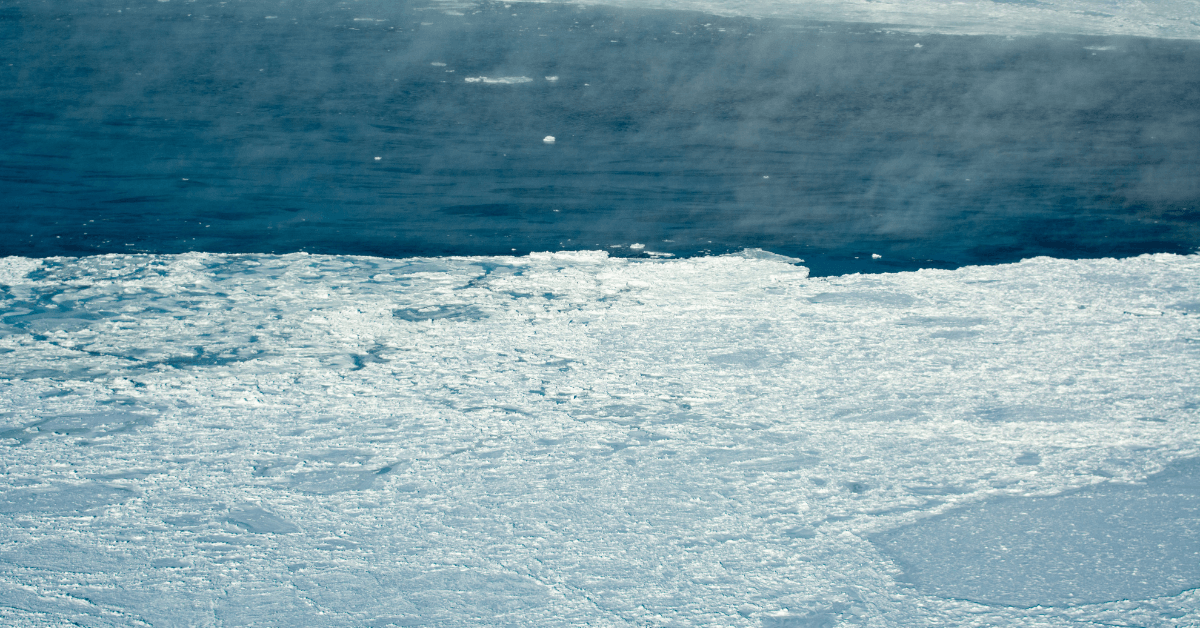
The area of Churchill on the edge of Hudson Bay is called the Polar Capital of the World and houses the southernmost colony of polar bears. However, wolves, black bears, moose and caribou also live here.
Due to the high numbers of polar plaice, cod, and salmon, plenty of food is available here for orcas, dolphins, and whales.
Conclusion
The Hudson Strait is a strategic trade route with a rich history. It links the Atlantic Ocean and the Labrador Sea to Hudson Bay in Canada. The Strait is abundant with marine fauna and flora and was once dotted with many trading posts where local communities traded fur with the Europeans. It is open for navigation in summer, and icebreakers are used in winter due to ice. It is pristine and one of the most beautiful ecosystems on earth.
You might also like to read-
- 10 Flores Sea Facts You Should Know
- 4 Major Ports of Albania
- 10 Interesting Facts About the Gulf of Finland
- 10 Major Gulf of Oman Facts
Disclaimer :
The information contained in this website is for general information purposes only. While we endeavour to keep the information up to date and correct, we make no representations or warranties of any kind, express or implied, about the completeness, accuracy, reliability, suitability or availability with respect to the website or the information, products, services, or related graphics contained on the website for any purpose. Any reliance you place on such information is therefore strictly at your own risk.
In no event will we be liable for any loss or damage including without limitation, indirect or consequential loss or damage, or any loss or damage whatsoever arising from loss of data or profits arising out of, or in connection with, the use of this website.
Disclaimer :
The information contained in this website is for general information purposes only. While we endeavour to keep the information up to date and correct, we make no representations or warranties of any kind, express or implied, about the completeness, accuracy, reliability, suitability or availability with respect to the website or the information, products, services, or related graphics contained on the website for any purpose. Any reliance you place on such information is therefore strictly at your own risk.
In no event will we be liable for any loss or damage including without limitation, indirect or consequential loss or damage, or any loss or damage whatsoever arising from loss of data or profits arising out of, or in connection with, the use of this website.
Do you have info to share with us ? Suggest a correction

About Author
Zahra is an alumna of Miranda House, University of Delhi. She is an avid writer, possessing immaculate research and editing skills. Author of several academic papers, she has also worked as a freelance writer, producing many technical, creative and marketing pieces. A true aesthete at heart, she loves books a little more than anything else.
Related Articles
Daily Maritime News, Straight To Your Inbox
Sign Up To Get Daily Newsletters
Join over 60k+ people who read our daily newsletters
By subscribing, you agree to our Privacy Policy and may receive occasional deal communications; you can unsubscribe anytime.


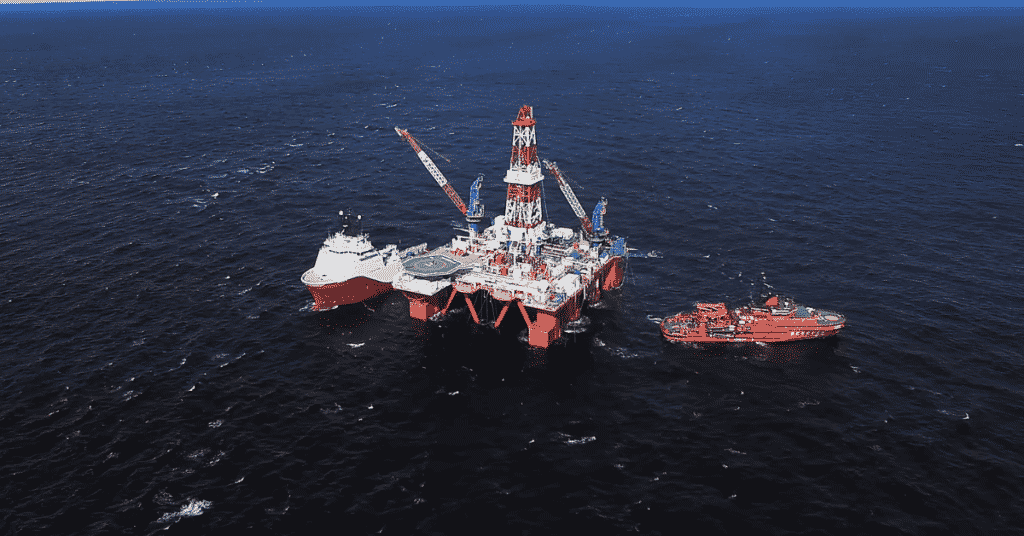
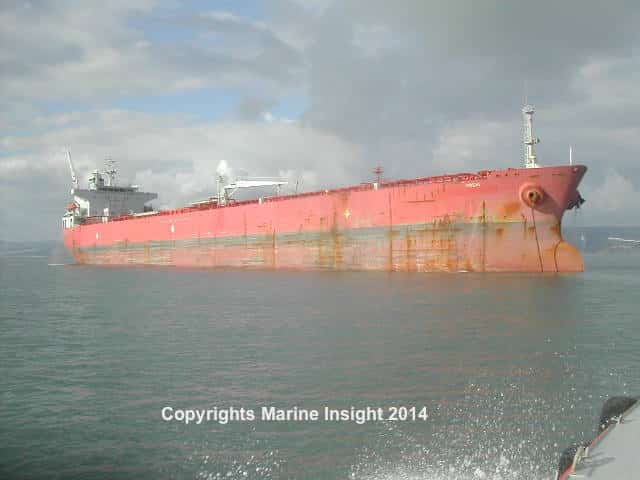
BE THE FIRST TO COMMENT